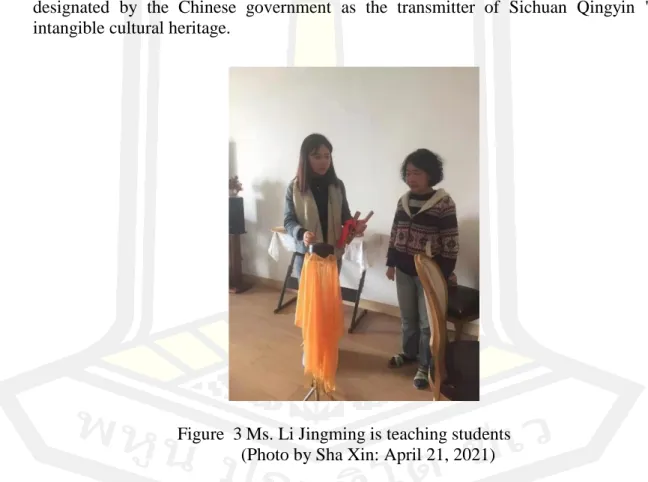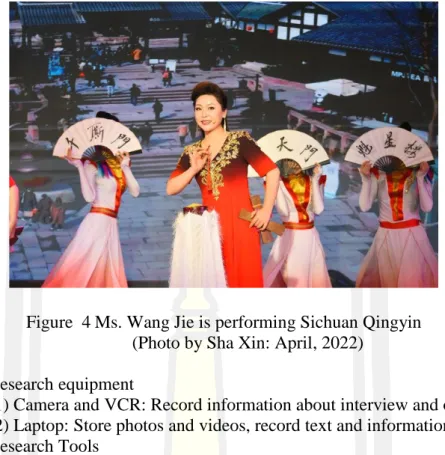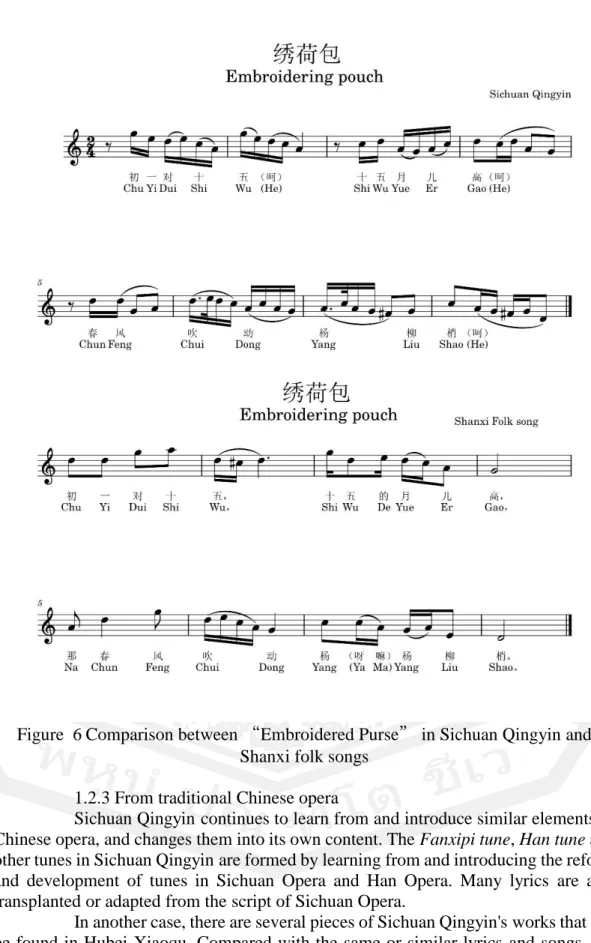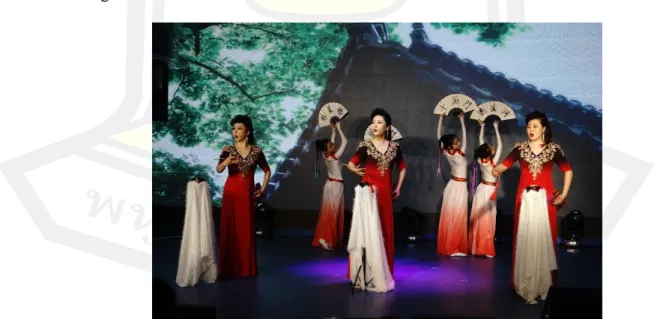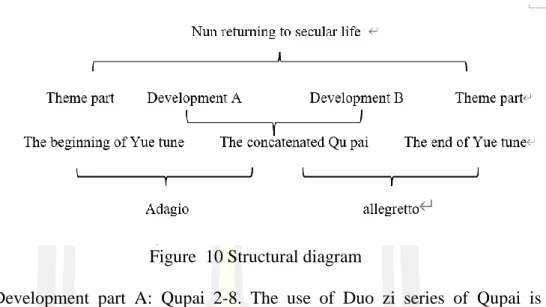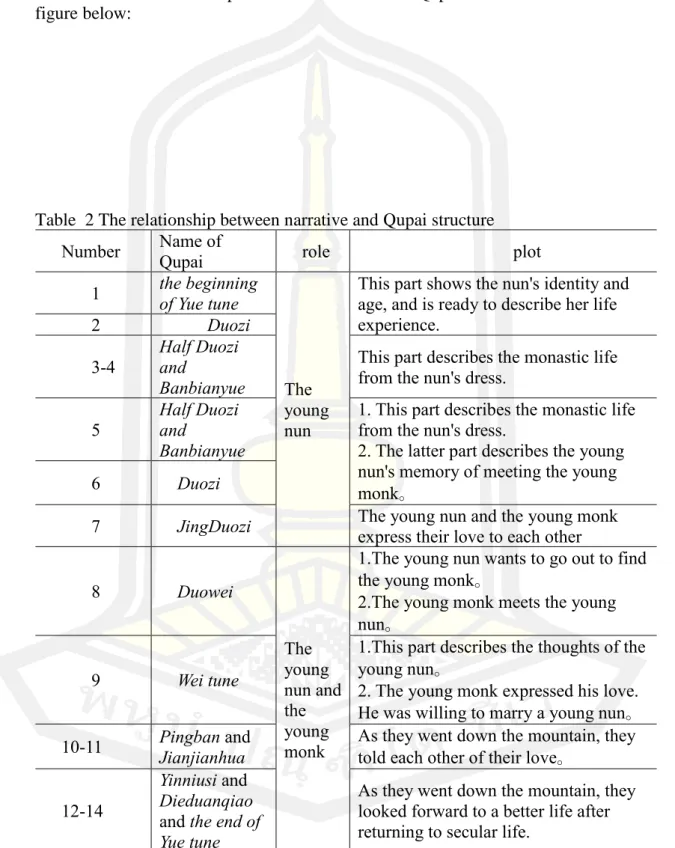The objectives are 1) To explore the development of Sichuan Qingyin's performance in China. 2) Analyzing the characteristics of Sichuan Qingyin's performance in Sichuan and Chongqing, China. 81 Table 4 The role, transmission process, obstacle and way to solve Sichuan Qingyin's actions in China.
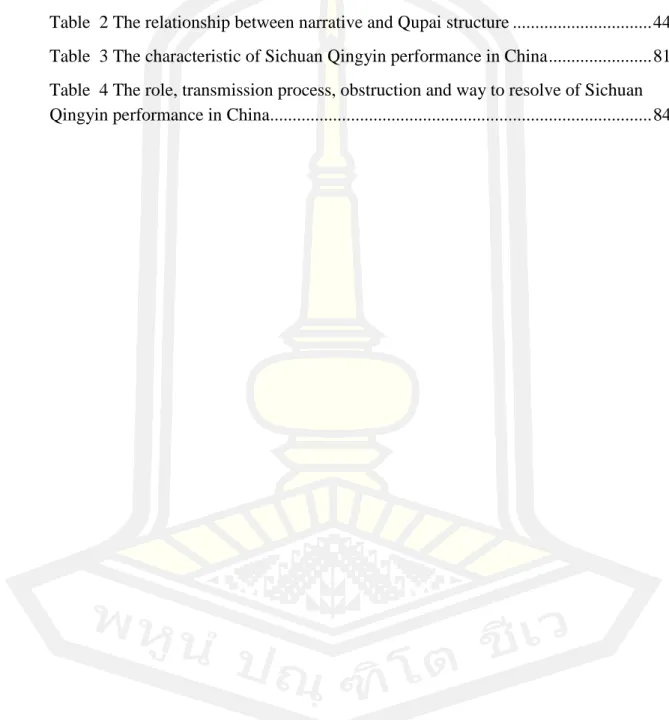
Introduction
- Statement of the Problem
- Research Objectives
- Research Questions
- Importance of Research
- Scope of research
- Definition of Terms
This study mainly refers to the change process of Sichuan Qingyin from its origins to the present. In this study, characteristics refer to the differences between Sichuan Qingyin and other art forms.
Literature Reviews
- The General Knowledge of Sichuan and Chongqing, China
- The General Knowledge of Sichuan Qingyin
- A kind of Quyi Arts
- The Theory Used in Research
- Documents and Related Research
The study of Sichuan Qingyin began after the founding of the People's Republic of China. This small step was a big step in the development history of Sichuan Qingyin.
Research Methodology
Research Scope
Research process
During this period, the basic pattern of Sichuan Qingyin's form has been formed. Amateur artists have made great contributions to the development of Sichuan Qingyin (Sichuan quyi music integration, 1996).
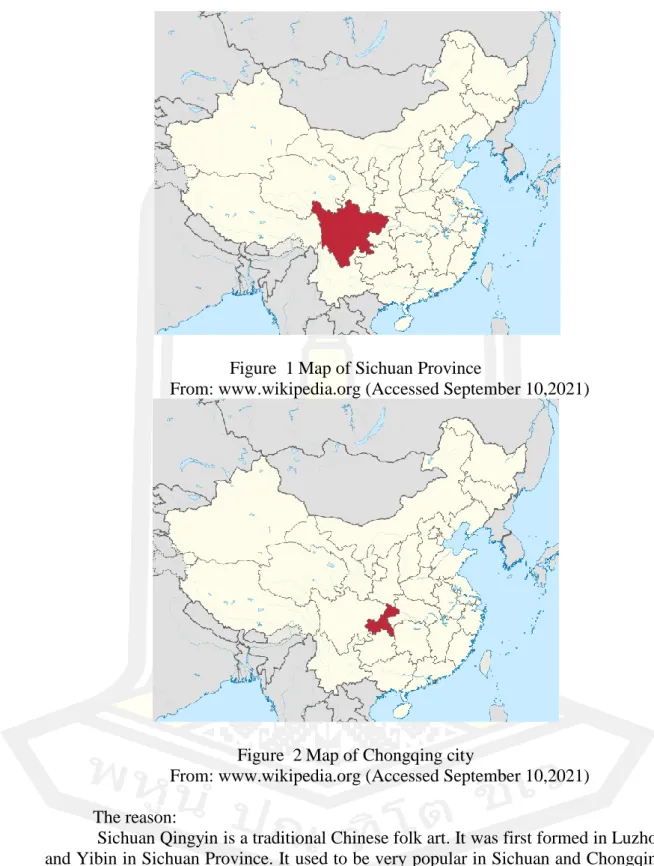
The development of Sichuan Qingyin performance in China
The emergence of Sichuan Qingyin
According to the oral records of some old artists, Sichuan Qingyin originates from the lower reaches of the Yangtze River. There are also opinions that "Yangzhou Qingqu" in Yangzhou, Jiangsu Province, China is the source of "Sichuan Qingyin". There are as many as 26 melodies with the same name in Sichuan Qingyin and Xiaoqu from the Ming Dynasty.
Therefore, we can also conclude that the main source of Sichuan Qingyin may be local. One of the sources of Sichuan Qingyin is the Sichuan Xiaoqu of the Ming and Qing dynasties. In another case, there are several parts of Sichuan Qingyin that can be found in Hubei Xiaoqu.
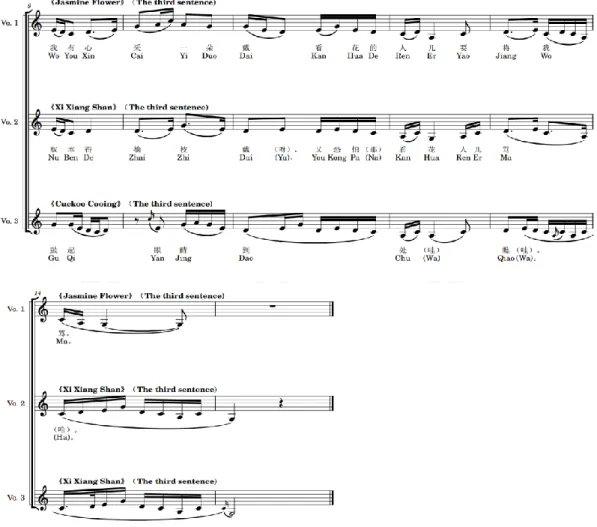
The growing period of Sichuan Qingyin (18 century)
It can adapt to the different aesthetic tastes and needs of the audience and is loved by the majority of listeners.
The mature period of Sichuan Qingyin (1870s-1940s)
Most of these groups sing in the tea house, which gradually became a performance venue for the performance of Sichuan Qingyin. At this time in Chongqing, Sichuan Qingyin exporters often have 300 or 400 people, and more than 200 people live in the vicinity of Hanjia Ancestral Hall Street alone. Under the influence of new ideas, there are many positive factors in the development of Sichuan Qingyin.
During this period, a large number of folk songs from all over China were transmitted to Sichuan and Chongqing, greatly promoting the development of Sichuan Qingyin. During this period, Sichuan Qingyin had a large number of works with good quality and rich melodies, which basically formed a pattern of suite form, single form and banqiang form. Another major contribution of amateur artists is the collection and arrangement of the Sichuan Qingyin repertoire.
The glorious period of Sichuan Qingyin (1949-1980s)
The way of composing lyrics according to the tone of Sichuan Qingyin repertoire cannot adapt. Most of the new Sichuan Qingyin works are arranged on the basis of traditional Qupai. With the development of Sichuan Qingyin melody, accompanying music and accompanying instruments have changed and strengthened accordingly.
After the founding of the People's Republic of China, great changes occurred in Sichuan Qingyin performers. For example, Li Yueqiu, the famous Sichuanese artist Qingyin of the Chengdu quyi group, was born in Chengdu. Today, dozens of countries such as the United States, Great Britain, Germany, France, Japan, and Russia have prints by Qingyin artists from Sichuan.
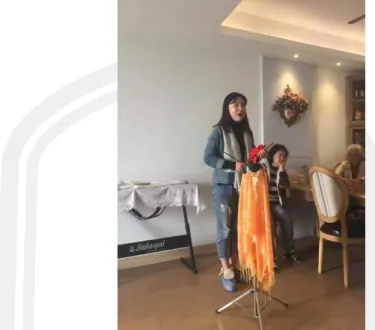
Recent situation in Sichuan Qingyin
It is a great achievement in Sichuan Qingyin's research and development since the founding of the People's Republic of China. In the past, during the peak of Sichuan Qingyin, there were regular performances in teahouses.
The characteristic of Sichuan Qingyin performance in China
Characteristics of Sichuan Qingyin music
The manner of the beginning of the Yue melody directly connecting the end of the Yue melody is very rare. Then the melody continues with Jianjianhua, Yinniusi, Dieduanqiao and ends with the end of the Yue melody. In terms of musical form, the structure of a Yue melody is a period that is divided into 3 movements.
The end of Yue tune in Yue tune is the change and repetition of the beginning of Yue tune phrase. The researchers still take the two basic Qupai of the beginning of Yue tune and the end of Yue tune as examples. Fanxipi tune can also be divided into "the beginning of tune" and "the end of tune", such as suite forms such as Yue tune, and other Qupai are inserted in the middle to become a suite.
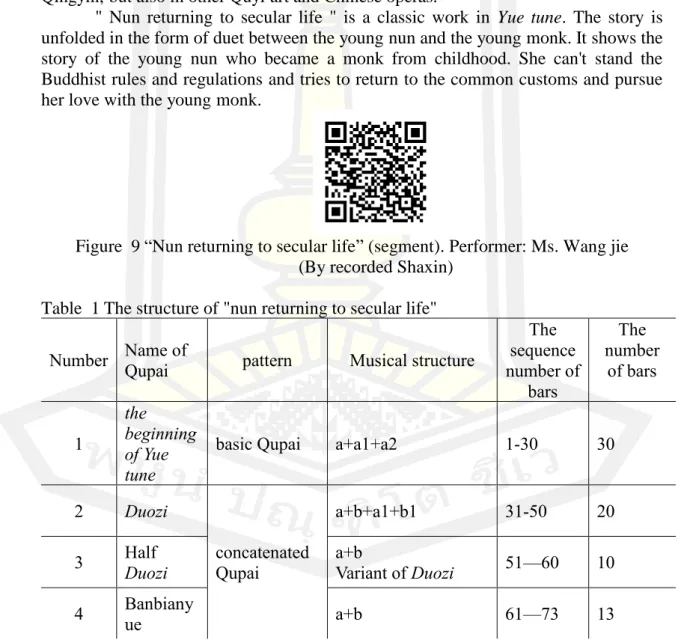
Performance of Sichuan Qingyin
Since the Ming and Qing dynasties, Sichuan Qingyin has been played and sung by artists in teahouses in the form of sitting singing. It can be understood in some areas north of the Yangtze River basin, that is, in the northern area of Mandarin. In order to enhance the artistic effect, there are many modification techniques in Sichuan Qingyin singing.
The key to singing "ha ha sing" is that the root of the tongue jumps. Time is long, and the continuous and fast rolling tongue sound, close to the live melody, ups and downs, has become an organic part of the melody structure in the form of line words. In the early stage of development, Sichuan Qingyin widely used the Yueqin as the main accompaniment instrument.
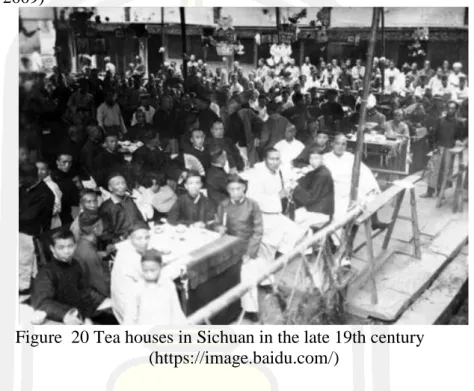
The difference between Sichuan Qingyin in Sichuan and Chongqing
The role, transmission process, obstruction and way to solve Sichuan Qingyin's actions in China. The obstacle and the way to solve the actions of Sichuan Qingyin in Sichuan and Chongqing, China. Now we can hardly see Sichuan Qingyin's achievements in teahouses and other places.
In the past, the traditional method of transmission of Sichuan Qingyin was oral and face-to-face teaching. After the founding of the People's Republic of China, Sichuan Qingyin has made a new development. THE ROLE, TRANSMISSION PROCESS, OBSTACLE AND SOLUTION METHOD OF SICHUAN QINGYIN PERFORMANCE IN CHINA.
The role, transmission process, obstruction and way to resolve of Sichuan
The role of Sichuan Qingyin performance in Sichuan and Chongqing, China
Due to the meeting in the hall, the broadcast audience of Sichuan Qingyin increased. Therefore, the performance form of Sichuan Qingyin simultaneously promotes the development of folk instrumental music. Sichuan Qingyin is one of the Quyi arts that has deep origins with other art categories.
In the war era, Sichuan Qingyin was not in decline, but absorbed the nourishment of many external arts. Especially under the influence of the new cultural mindset of the May Fourth Movement, there are many positive factors in the development of Sichuan Qingyin. If we look at the development process of Sichuan Qingyin and analyze the contents of the works, we can see the changes in people's lives, customs, thoughts and culture.
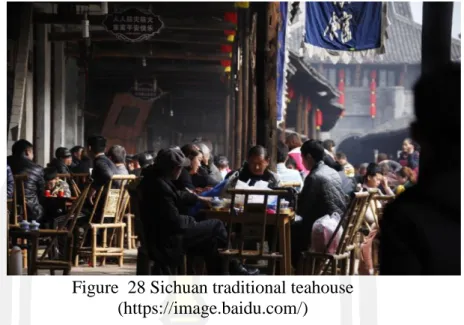
The transmission process of Sichuan Qingyin performance in Sichuan and
With the support of the government, the art of Qingyin has been transmitted in two main ways: school education and professional corps to train purveyors. School education is more systematic, standardized and specialized, which effectively contributes to the improvement and high-quality transmission of Qingyin art in Sichuan. Although this mode of transmission is similar to the traditional one, the mode of transmission of Sichuan Qingyin has changed significantly, and although it is still mainly transmitted orally, it is not a starting point for making a living, but a job, a career.
In recent years, Sichuan Qingyin's influence has gradually declined and its audience is becoming smaller and smaller. The governments of Sichuan and Chongqing Province actively promote Sichuan Qingyin's access to primary schools, secondary schools and universities. In particular, Chengdu, Sichuan, has promoted Sichuan Qingyin on its campuses with some success and results.
The obstruction and way to resolve of Sichuan Qingyin performance in Sichuan
We cannot stubbornly believe that preserving the original taste of Sichuan Qingyin is preservation and transmission. It should not only reflect the life interest of modern people, but also fit the performance form of Sichuan Qingyin art. Now we need some permanent places to perform Sichuan Qingyin.
Let's look from a different angle: Does this change make Sichuan Qingyin's stage more possible? Therefore, as long as the core characteristics of Sichuan Qingyin are not lost, bold innovation is not impossible. The government should play a leading role in the preservation and development of intangible cultural heritage projects such as Sichuan Qingyin.
Conclusion Discussion and Suggestions
Conclusion
Summary of the research results according to objective number 2 Table 3 The characteristic of Sichuan Qingyin's performance in China. From the late Qing Dynasty to the early years of the Republic of China, Sichuan Qingyin flourished. During this period, Sichuan Qingyin's performances were very popular on the streets of Sichuan and Chongqing.
The professional skills of the artists have improved and the general level of Sichuan Qingyin has also advanced greatly. An important mode of Sichuan Qingyin during its flourishing period was for artists to perform in teahouses. In this study, I explored the impact and role of Sichuan Qingyin on society in different eras.
Discussion
TRANSMISSION PROCESS Earlier transmission process, in a family-like troupe, master Sichuan Qingyin teaches orally. OBSTRUCTION the lack of venues, loss of audience, obsolescence of works and the lack of transmitters. WAY TO SOLVE Changes in performance forms and work composition, expansion of performance venues, use of modern technology for communication, increased methods of training transmitters and state support.
This study analyzes the development and artistic characteristics of Sichuan Qingyin, combined with an overview of the current situation of Sichuan Qingyin. The researcher believes that Sichuan Qingyin should be innovative in its heritage, with modern thinking and in line with modern aesthetics to attract the current audience. We must develop an excellent ecological environment for the continuous transmission of Sichuan Qingyin through the ministries of government, education, culture and tourism.
Suggestions
The Spread and Change of Ming and Qing Xiaoqu in Sichuan Qingyin Take "Flower Tune" as an example. Also on the origin and formation of Sichuan Qingyin A fleeting glimpse of hints of Sichuan Qingyin from the archives of the Ba County Government in the Qing Dynasty. We are talking about the transmission and preservation of Sichuan Quyi since the creation of "Tea House Style".
